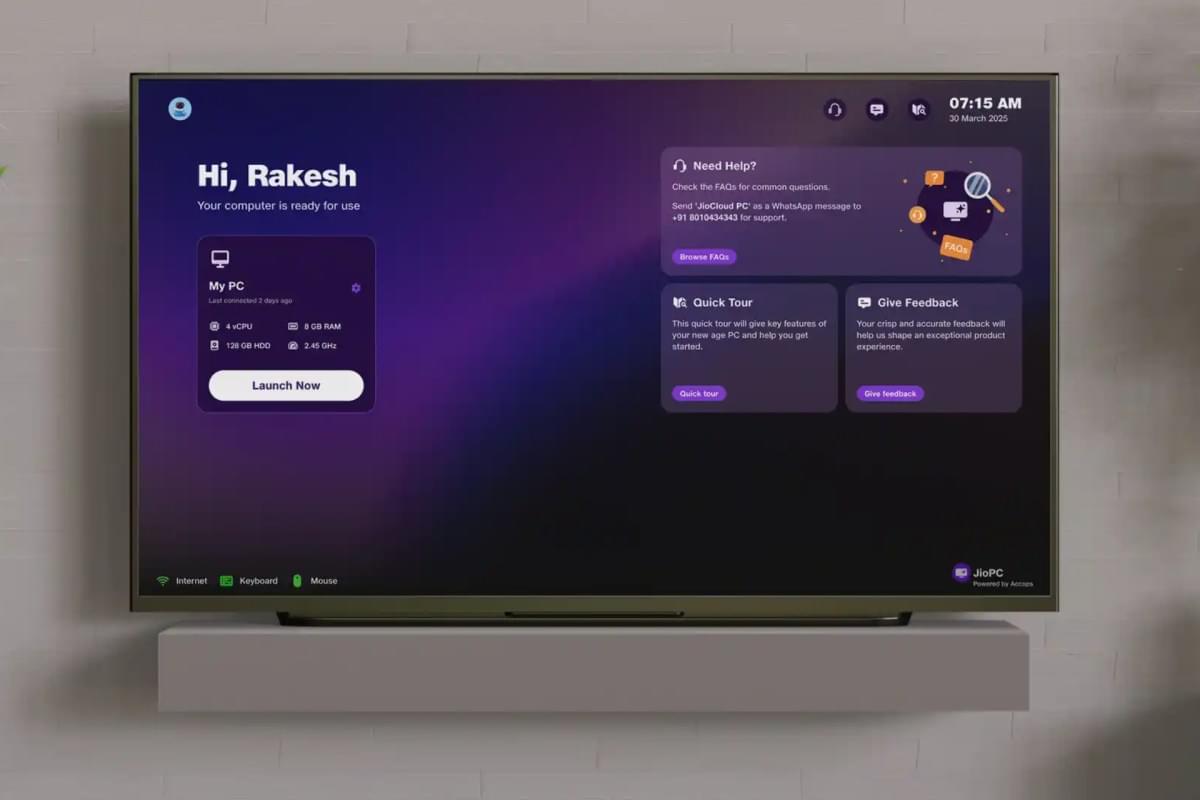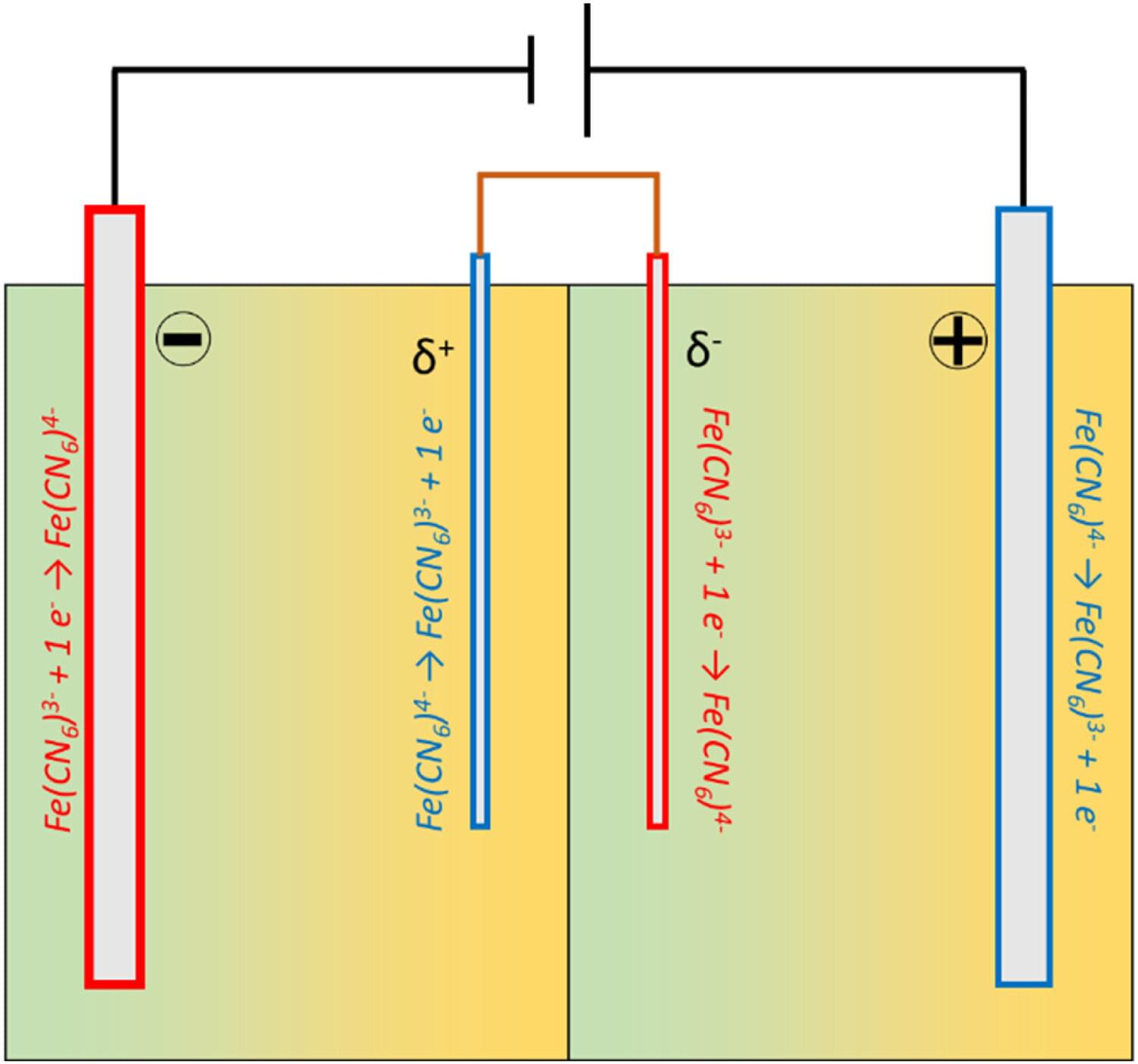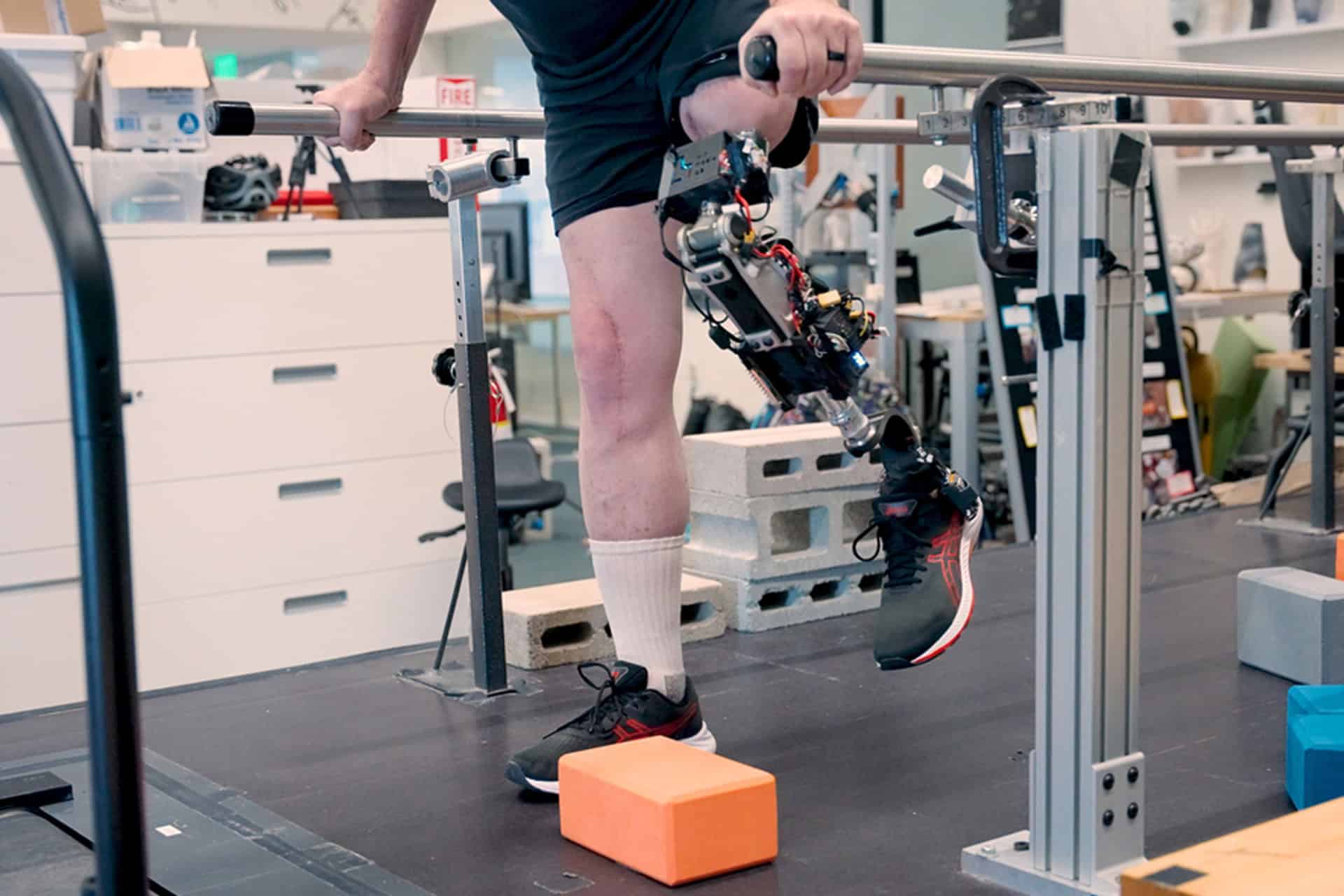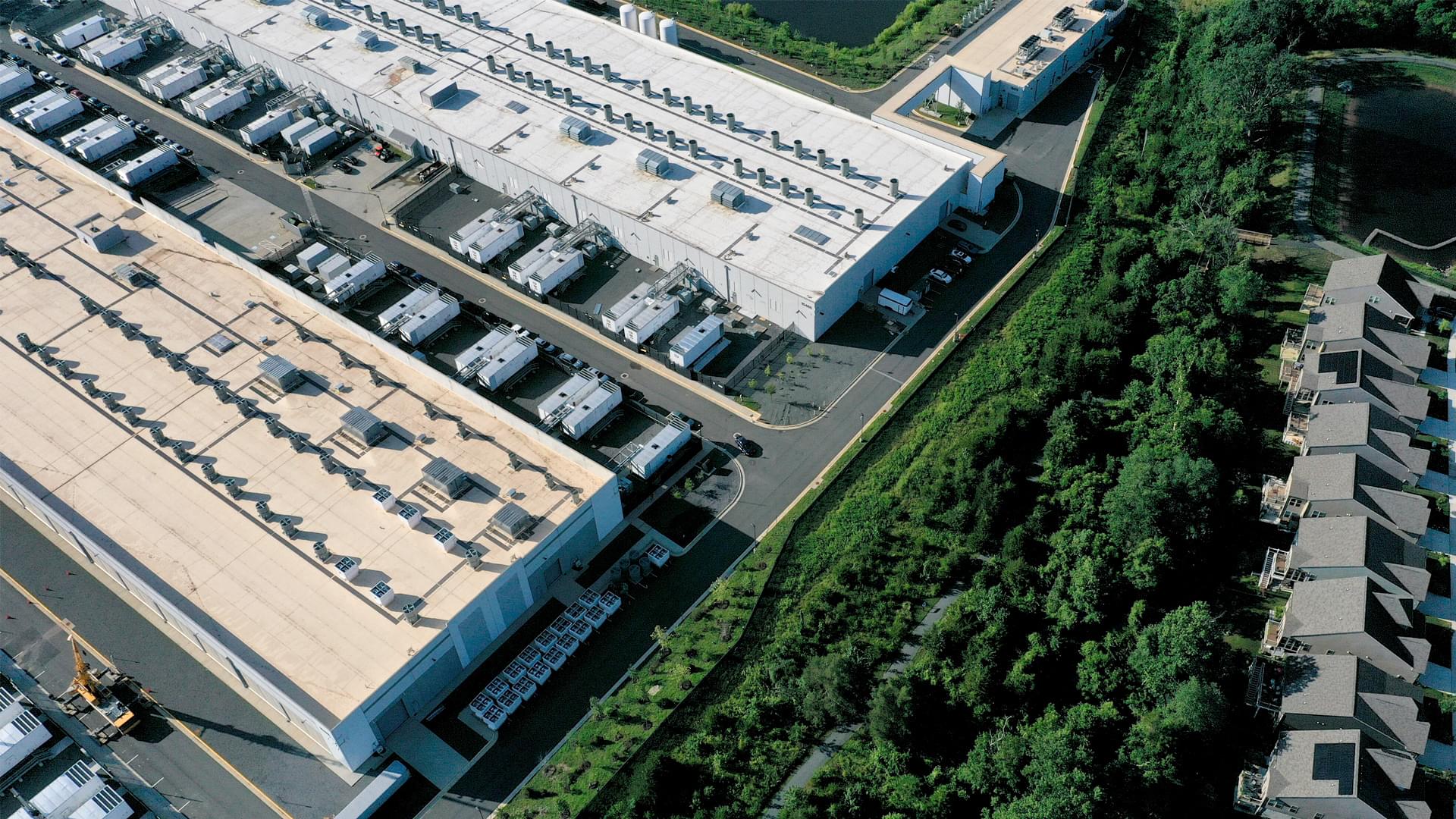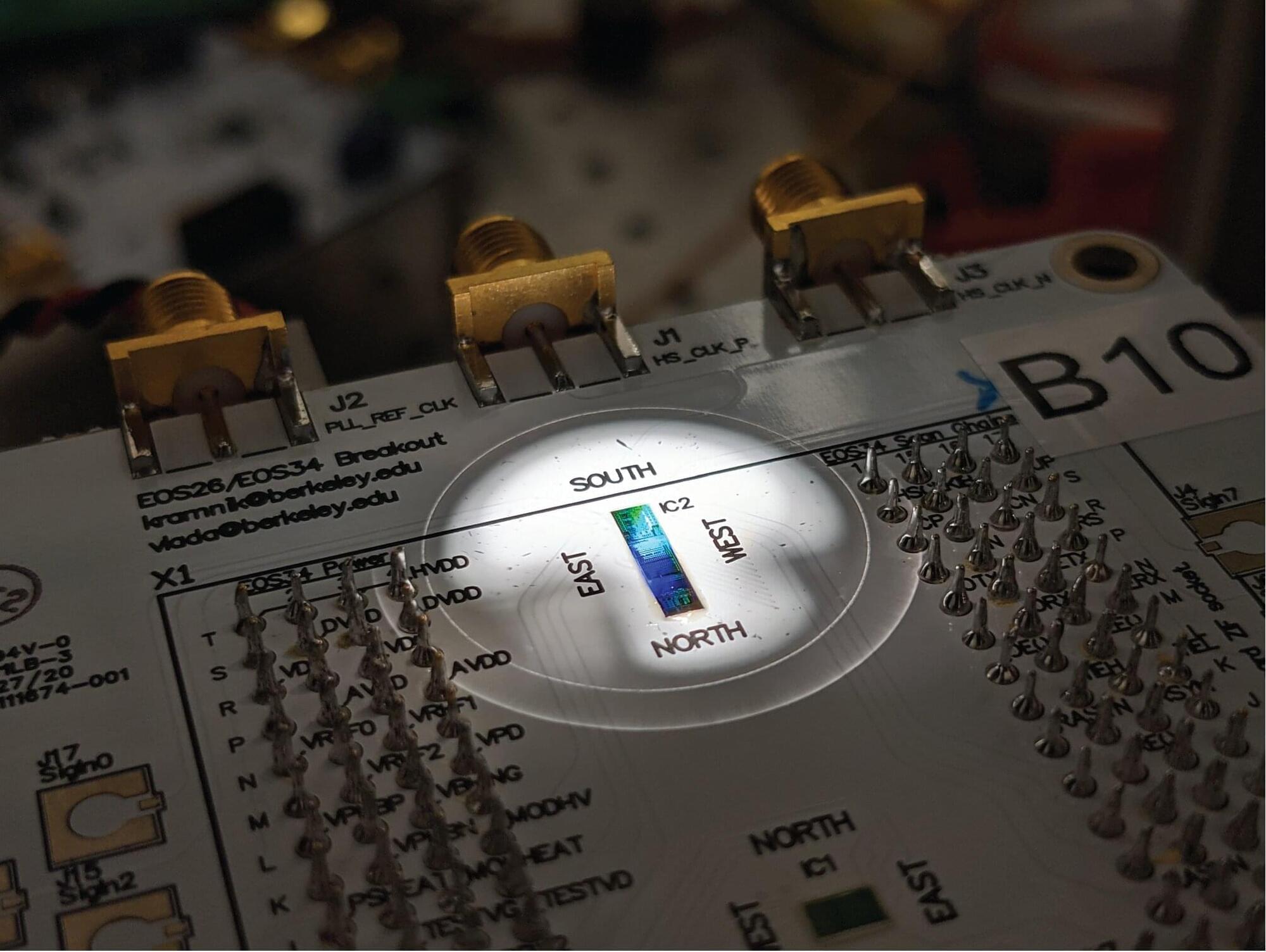Jio Platforms, the digital arm of Indian conglomerate Reliance Industries, has launched a virtual desktop service for set-top box users. This means that India’s richest man, Reliance’s chairman Mukesh Ambani, hopes to turn millions of TVs in the world’s most populous country into PCs.
Called JioPC, the service offers a cloud-based PC experience through Jio’s set-top box, which comes bundled for free with the telco’s home broadband service or can be purchased separately for ₹5,499 ($64). Currently in free trial and available via waitlist, users can access the virtual desktop on their TV by plugging in a keyboard and mouse once they receive an invite and set up their account.
At present, the service has some limitations, including no support for external peripherals, such as cameras and printers. Similarly, it supports open source LibreOffice, which is pre-installed. To use Microsoft Office apps, users need to access them via the available browser.
